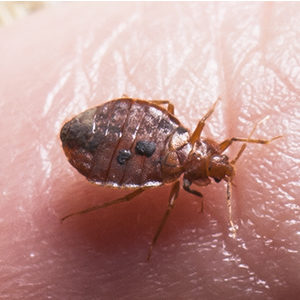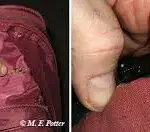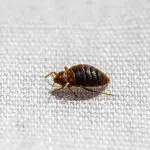How Are Bed Bugs Transported?
One of the most common questions about bedbugs is how they’re transported from place to place. While it is possible for bedbugs to travel by air, bedbugs can also be brought into a building through the transportation of certain items. However, most cases of bedbug infestations in workplaces are contained within a workstation and can’t be tracked back to specific locations. As such, the workplace must be prepared to deal with bedbug infestations if they do occur. Employers should counsel employees that bedbugs are most likely brought in from home. Some employers even coordinate with a pest control service to conduct home inspections.
Adult bedbugs develop in clusters that are held together by aggregation pheromones and mechanical cues. They feed every eight to 10 days. When they feel threatened, bedbugs break up the clusters and scatter. They are also capable of traveling up to five times in one day.
The second common way that bedbugs spread to a new location is through the movement of humans. If you’ve been to an infested hotel, you’re likely to have brought back bedbugs. You can introduce them to other areas of your home or business by wearing infected clothing or carrying bags. Moreover, they can move from room to room by using your furniture.
The best way to prevent bedbugs from spreading to new locations is to follow the rules and avoid bringing the insects from one place to another. Bedbugs are effective hitchhikers and can be transported into a home by human luggage, clothing, or even a wheelchair. They can also travel to a new place in an attempt to hide from humans.








